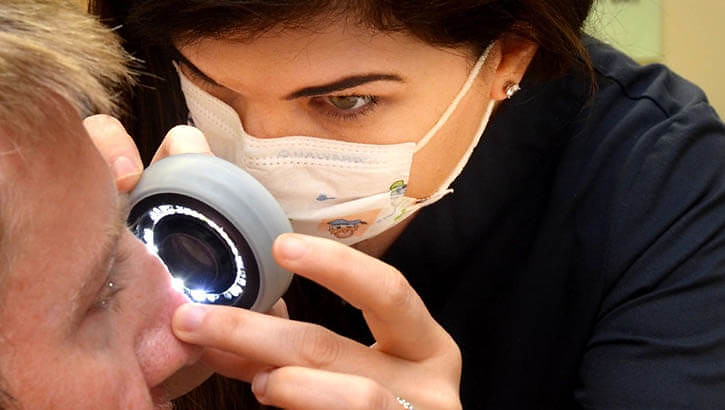The skin is the body’s largest organ, serving as the first line of defense against injury and environmental factors. While many people focus on skincare routines for cosmetic benefits, maintaining the health of your skin goes far beyond appearance. Regular check-ups with a skin doctor, or dermatologist, play a key role in identifying conditions that may otherwise go unnoticed.
Why Are Skin Check-Ups Necessary?
Skin is exposed to a variety of external and internal factors that can impact its health. Prolonged exposure to the sun can affect skin cells, and conditions like eczema or psoriasis can require professional attention to manage effectively. Regular check-ups with a dermatologist help monitor changes in your skin, allowing for early detection of concerns that might benefit from medical intervention. While over-the-counter remedies may address superficial issues, comprehensive evaluations often uncover deeper concerns.
Many individuals undergo skin check-ups to detect abnormalities. These evaluations also provide an opportunity to monitor their overall skin health comprehensively. Consistent monitoring by a qualified professional helps track long-term changes, which is key to identifying patterns or irregularities that may otherwise go unnoticed.
What Is the Skin Doctor Looking For?
Dermatologists perform visual and systematic examinations to identify skin conditions, abnormalities, or diseases during check-ups. These examinations are comprehensive, covering all visible areas of the patient’s skin. Here are some skin conditions that a skin doctor will look for:
- Moles and Pigmented Lesions: One of the key areas a skin doctor will assess is moles or pigmented areas on the skin. The size, shape, border, and coloration of moles can provide indicators of their nature.
- Rashes and Redness: Persistent rashes or areas of redness may point to conditions such as eczema, rosacea, or dermatitis.
- Skin Growths and Changes in Texture: Growths on the skin, particularly those that have changed in size or shape over time, are another focus area during the check-up.
- Signs of Sun Damage: Visible characteristics such as discoloration often signal cumulative sun damage. Dermatologists observe these indicators to suggest measures that can benefit long-term skin health.
Certain evaluations may also include a discussion concerning family history. This helps determine whether hereditary conditions might influence your skin, providing an even clearer view of what to monitor moving forward.
What Should You Expect During the Check-Up?
For those visiting a dermatologist for the first time, understanding the typical structure of the appointment may provide clarity and ease any concerns. The details may vary from case to case, but the general steps are fairly universal. Here’s a step-by-step guide to what happens during a standard skin check-up.
Full-Body Skin Examination
A comprehensive examination is typically performed to check for any visible abnormalities. Depending on your level of comfort, you may be asked to wear a medical gown for the dermatologist to perform a thorough evaluation. They may use specialized tools to view areas not easily examined with the naked eye.
Testing or Biopsies (If Required)
If any concerns arise during the visual examination, the dermatologist may suggest additional testing, such as a biopsy. This involves taking a small sample of the area in question for laboratory analysis. Testing is performed only when necessary and is a straightforward and minimally invasive process.
Make an Appointment With a Dermatologist
Regular check-ups with a skin doctor support not only the health but also the longevity of your skin. These evaluations help track skin changes and allow for the early identification of areas requiring care or attention. Whether addressing a pre-existing condition or simply facilitating the long-term health of your skin, scheduling routine visits benefits individuals across all skin types and lifestyles.
- FREHF – The Revolutionary Future Of Human-Centered Technology!
- Adsy.Pw/Hb3 – Boost Your SEO And Drive More Traffic!
- Fitness Based Vacations By Timeshealthmage.com!
- TimesHealthMag Tips For Improving Sleep Quality – Expert Advice For Better Rest!
- How TimesHealthMage Helps Improve Your Lifestyle Habits!


Leave a Reply